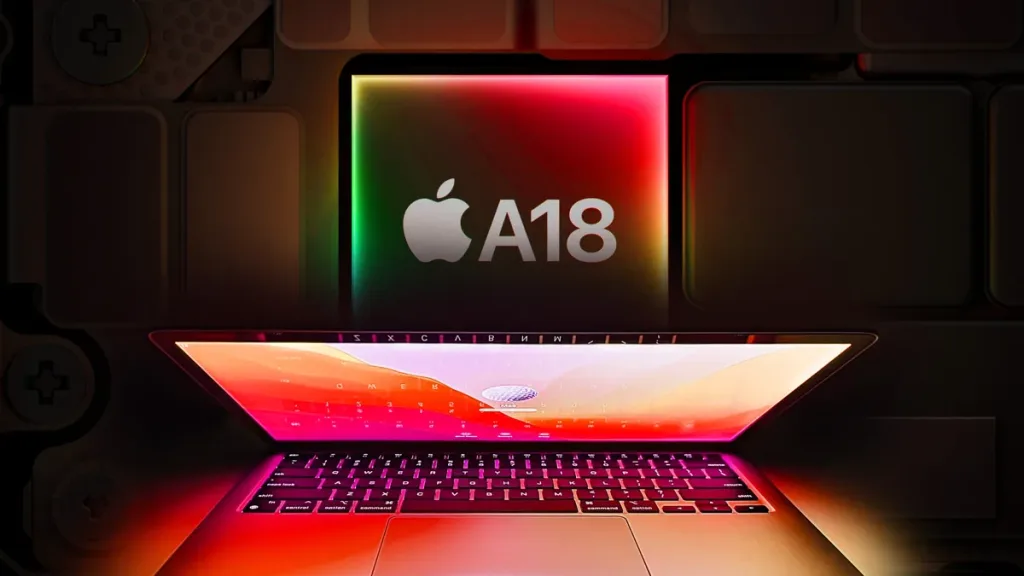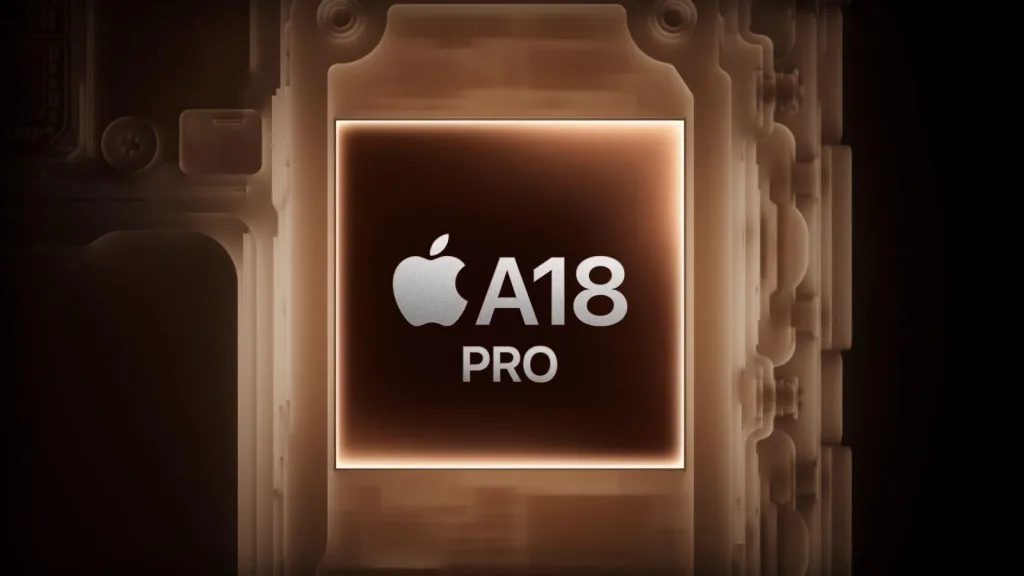Apple is set to release a low-cost MacBook in 2026, priced well under the current $999 MacBook Air. This strategic move aims to compete directly with affordable Chromebooks and Windows PCs while expanding Apple’s reach in the education and budget computing markets.
Table of Contents
Upcoming MacBook Air: Expected Specifications
Based on reliable analyst reports, particularly from Ming-Chi Kuo, the budget MacBook will feature compelling specifications that balance affordability with Apple’s computing performance standards.
| Feature | Specification |
|---|---|
| Display | ~13 inches LCD (no mini-LED) |
| Processor | A18 Pro chip (iPhone 16 Pro) |
| RAM | 8GB (Apple Intelligence support) |
| Colors | Silver, Blue, Pink, Yellow |
| Launch | First half of 2026 |
| Price | Well under $1,000 (est. $599-$799) |

A18 Pro Chip: iPhone Power Meets Mac
The game-changing decision involves using the A18 Pro chip—the same processor powering iPhone 16 Pro models. Built on Apple’s second-generation 3nm process, this chip delivers performance comparable to the M1 chip in many tasks, making it ideal for everyday computing needs.
Geekbench 6 benchmarks show the A18 Pro achieving single-core CPU performance at M3 Ultra levels, with multi-core scores exceeding the original M1 chip. This positions the budget MacBook as a legitimate productivity device rather than a compromised solution.
Target Market: Education and Budget Users
Apple’s strategy targets students, families, and users who primarily need computers for document editing, web browsing, video watching, and homework—competing directly with the $200-$500 Chromebook market that dominates education sectors.
Design and Display Expectations
The budget MacBook will feature a standard LCD display without mini-LED technology or ProMotion refresh rates. Following the colorful iMac playbook, expect vibrant options in silver, blue, pink, and yellow—appealing to younger users and education markets.
The 13-inch form factor keeps it portable while providing adequate screen space for productivity tasks. Apple likely won’t prioritize ultra-thin design, focusing instead on affordability while maintaining the proven 0.44-inch thickness that works well with fanless operation.
Performance Capabilities
With the A18 Pro chip, the budget MacBook handles:
- Web browsing and document creation
- Photo editing and light video work
- All iPad and iPhone games including Apple Arcade titles
- Apple Intelligence features
- Professional apps like Final Cut Pro (though export speeds will be slower than M-series Macs)
Price Positioning Strategy
Bloomberg reports the MacBook will cost “well under $1,000.” Looking at Apple’s product lineup:
- iPad mini (A17 Pro): $499
- iPad Air 13-inch (M2): $799
- MacBook Air: $999
- M1 MacBook at Walmart: $599
A $599-$799 price range seems most likely, positioning it between the iPad mini and iPad Air while undercutting the MacBook Air significantly.

Battery Life Expectations
The A18 Pro’s efficiency combined with the spacious 13-inch enclosure for battery capacity could deliver MacBook Air-level performance—up to 18 hours video playback or 15 hours web browsing. This addresses a key weakness of many budget Windows laptops.
Port Configuration
Expect minimal ports—likely a single USB-C port, though two ports like the MacBook Air remains possible. Apple will prioritize cost savings over extensive connectivity options.
Market Impact
This budget MacBook represents Apple’s most aggressive move into mainstream computing markets. It could disrupt the education sector currently dominated by Chromebooks while providing a true macOS experience at budget-friendly prices.
Launch Timeline
Apple plans to launch the budget MacBook in first half of 2026, potentially alongside MacBook Air updates in early 2026. This timing allows Apple to capitalize on the back-to-school season.
Why This Matters
For years, Apple conceded the budget computing market to competitors. This MacBook changes that strategy, potentially bringing millions of new users into the Apple ecosystem through an affordable entry point that doesn’t sacrifice core macOS capabilities.
If you’re considering a budget computer purchase, waiting until early 2026 to see Apple’s offering could be worthwhile.
Stay updated on the latest Apple product releases and budget computing options that are reshaping the laptop market.
Sources: Apple Official | Ming-Chi Kuo Analysis








